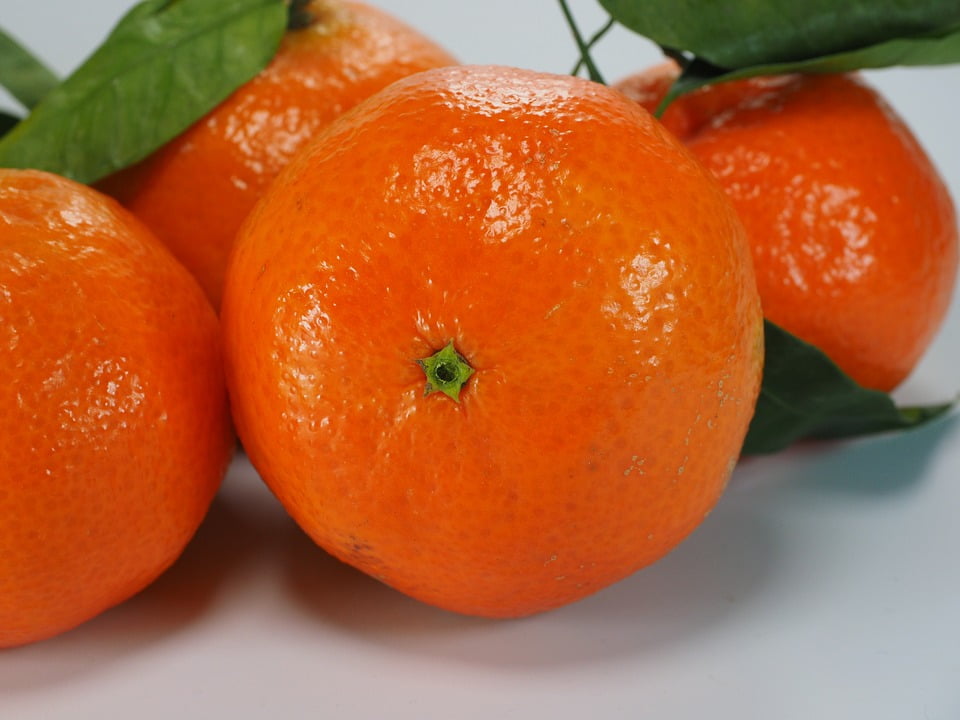
Here’s its parentage: one of its parents is a sweet orange (a very ancient cross between a mandarin and a pomelo) and its other is a fruit with many names, including the willowleaf mandarin (a cross between a mandarin and a pomelo, mostly mandarin, that appeared in the Mediterranean in the first decades of the 1800s). The clementine is a grandchild of the mandarin. Many of our favorite citrus fruits, though, can be traced back to the mandarin: a squat, bright orange fruit, native to the tropics of East and Southeast Asia, with a thin skin and a juicy, sweet flesh.

(One of them is called the “Swingle System,” which is a good name for a system.) There are even two competing taxonomy structures to try to figure out the genealogy of citrus. Figuring out these breeds is incredibly complex, not helped by the fact that multiple fruits often have the same name (like “sweet lemon,” which can refer to about five totally different fruits). Different varieties of the original four citrus fruits were bred and re-bred, and then descendants like the sweet orange, sour orange, lemon, lime, and grapefruit became even more important for breeding purposes. The mandarin, though, as the sweetest of the original four, is by far the most common. The pomelo is still eaten it resembles a giant, pale grapefruit, and tastes fairly similar to a grapefruit, but boasts a ridiculously thick peel. The citron is a wrinkled, extremely bitter, basically juice-free fruit probably native to Southeast Asia but now most associated with the Middle East. The papeda is a Japanese fruit, bitter and sour, that’s the direct ancestor of fruits like the yuzu and the kaffir lime. The oldest citrus fruits we know about are the mandarin, the pomelo (sometimes spelled pummelo or some other variation), the citron, and maybe the papeda. There are three, possibly four, citrus fruits seen as the ancestors of all the others, and of those four common American fruits, exactly none of them are ancestors.

Here in the US, our most common citrus fruits are the orange, the lemon, the lime, and the grapefruit. To understand the clementine, we have to first understand the very strange citrus family.

But how much do we really know about them? Sour at first, they get sweeter and sweeter throughout the winter, hitting peak flavor during the darkest, worst days of the year.Ĭlementines are one of the all-time great citrus fruits. It happens every year: Just as it starts to get cold and gray, the first clementines appear in stores, like neon vitamin-C packets from some higher power that knows we need them.


 0 kommentar(er)
0 kommentar(er)
